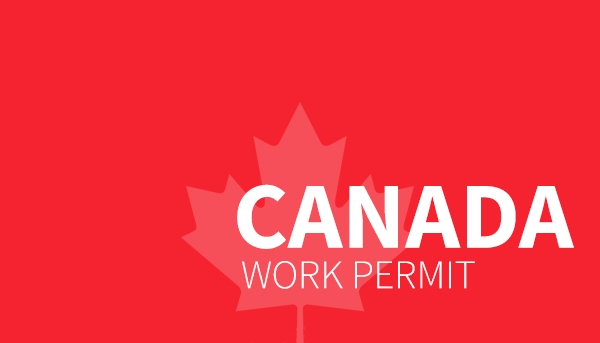
Welcome to the Canada Immigration Guide from Canada Immigration Experts. Moving to a new country is an interesting and somewhat intimidating process. This guide is intended to help you understand the life and work process in Canada.
There are two main routes to Canada. One way is to obtain a permanent resident visa. Another option is to obtain a temporary work permit and come to Canada.
Obtaining a permanent resident Canadian immigrant visa has the same rights and responsibilities as a Canadian citizen. As the name implies, you can maintain this status indefinitely by accruing a two-year residency period every five years. After living in Canada for 3 years, you can apply for Canadian citizenship. Canada recognizes dual citizenship, so you don’t have to give up your current passport.
There are some practical differences between permanent residence and citizenship in Canada. First, permanent residents cannot vote in elections. Second, citizenship is an irretrievable right, but as a permanent resident, you can be deported if you commit a serious crime.
There are six main categories of immigration to Canada. The categories are Federal Skilled Workers, Quebec Skilled Workers, State Referral Programs, Family Sponsors, Business Immigrants, and Canadian Experience Classes. Each category addresses slightly different immigrant groups and has its own needs. You can also come to Canada in the asylum category or in a temporary foreign worker program. Read the following for the applicable categories.
Federal skilled workers
A requirement for the skilled worker category is to screen applicants who are likely to settle economically in Canada upon arrival.
To qualify, the applicant must do one of the following:
- At least one full-time or equivalent paid work experience in the past 10 years is required in any of the 38 eligible professions.
- Temporary foreign workers or international students who have lived in Canada with legal qualifications for more than one year. OR
- Qualify for arranged employment through a full-time offer from a Canadian employer.
Apart from that, there are three other characteristics that an individual must have to immigrate, depending on the category of skilled workers. Skilled workers must have at least one year of full-time (or part-time equivalent) work. This work experience must be a qualified personality who meets skill type 0 or skill level A or B in Canada’s International Standard Classification of Occupations (NOC) system. This work experience must be done within 10 years before applying.
The second item in the skilled worker category is one of financial resources. This is a simple requirement. Applicants must demonstrate that they have sufficient financial resources to support themselves and their dependents for the first six months of their arrival in Canada. This requirement is exempt if there are approved jobs.
The third item in the Skilled Workers category is score-based assessment. Canada Citizenship and Immigration (CIC) uses a points-based system to measure the probability that an applicant will settle in Canada. Applicants will receive points based on six selection factors. Individuals must achieve a score of 67 on this assessment to qualify for Canadian immigration. However, Canadian immigrant visa officers may, at their discretion, approve or reject the application based on an alternate assessment, and a satisfactory score on this assessment does not guarantee approval.


